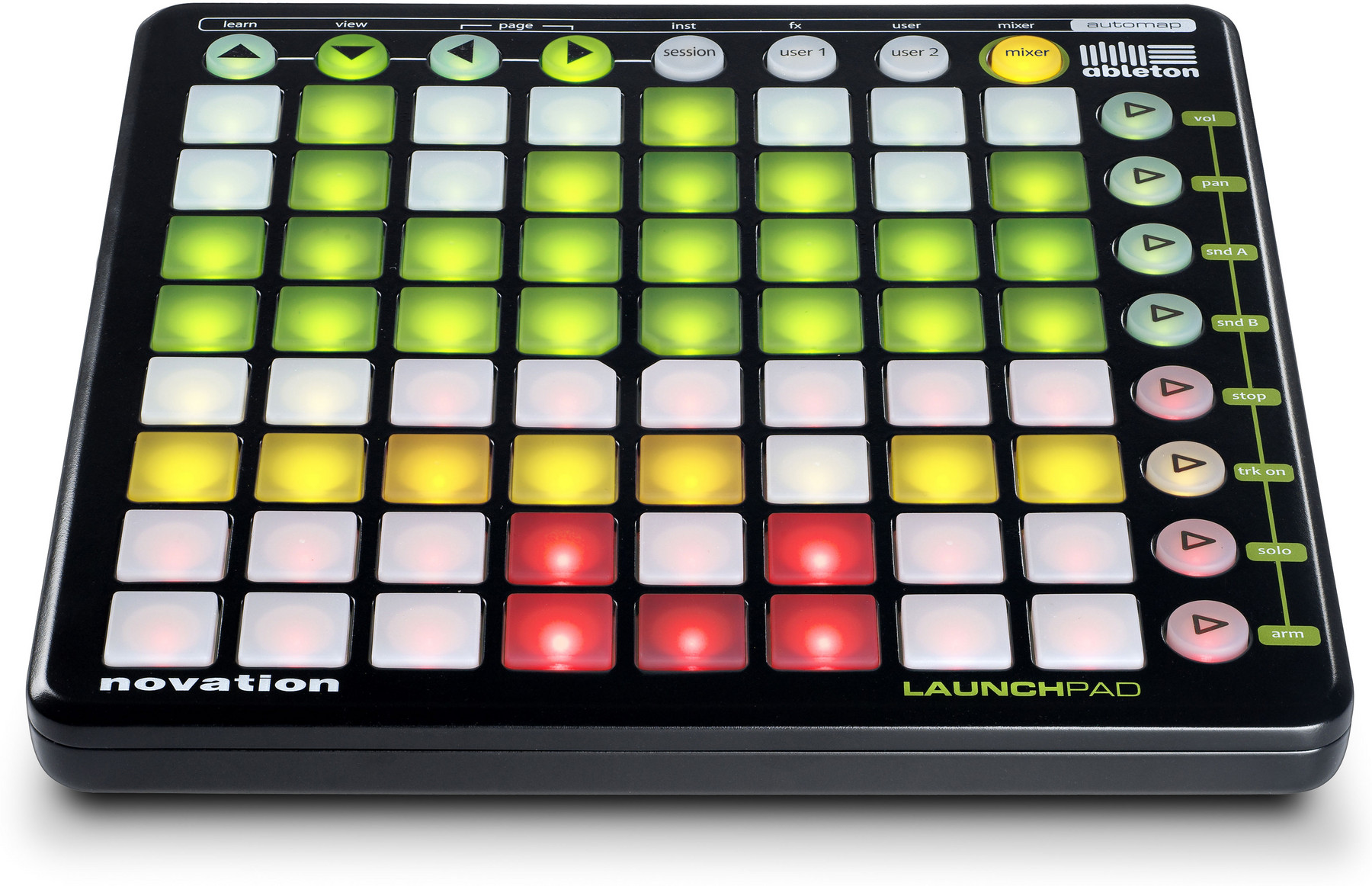The Exploring Alternatives to JPC Callbacks: Pros and Cons Ideas

The Advantages and Limitations of Using JPC Callbacks in Dispersed Systems
Distributed systems play a essential job in present day processing, enabling for the effective handling and monitoring of large-scale record around numerous nodules. Nonetheless, as the complication of these devices increases, therefore does the requirement for successful communication and balance between different elements. This is where JPC (Java Process Control) callbacks happen right into play. In this message, we will definitely check out the perks and constraints of using JPC callbacks in distributed devices.
Advantages:
1. Asynchronous Communication: One of the primary perks of JPC callbacks is their ability to assist in asynchronous interaction between various components in a distributed body. Through using callbacks, a component can easily initiate a request and continue its execution without standing by for a action. This asynchronous interaction version makes it possible for for similarity and improved unit functionality.
2. Decoupling: JPC callbacks permit loosened combining between parts in a dispersed unit. Each element may define its personal callback interface, which encapsulates the reasoning that needs to be implemented upon receiving a callback from yet another part. This decoupling allows for adaptability in device layout and makes it possible for easier maintenance and advancement of personal elements.
3. Event-driven Architecture: JPC callbacks ensure an event-driven architecture, where elements respond to activities induced through various other elements somewhat than relying on explicit method calls or ballot mechanisms. This event-driven strategy improves system cooperation and scalability as it removes unneeded resource usage during the course of idle time periods.
4. Negligence Endurance: An additional benefit of using JPC callbacks is their ability to deal with failures beautifully in dispersed bodies. When a element fails or comes to be inaccessible, various other elements can easily be informed by means of callback mechanisms, making it possible for them to take suitable actions such as retrying or switching to substitute sources or services.
Restrictions:
1. Complexity: Implementing JPC callbacks adds complication to the progression process since it calls for defining callback interfaces, applying callback techniques, taking care of callback enrollments, and managing possible concurrency concerns connected with callbacks. This intricacy can easily create the device harder to recognize and maintain, specifically for creators who are not familiar with the intricacies of callback-based communication.
2. Debugging and Testing: Debugging and testing callback-based units may be challenging due to their asynchronous attributes. Guaranteeing the proper implementation flow of callbacks and dealing with possible nationality disorders or predicaments demands mindful layout, in depth testing, and innovative debugging resources. The absence of effective testing and debugging methods may lead to hard-to-detect problems that may have an effect on device integrity.
3. Callback Overhead: JPC callbacks introduce extra cost in phrases of notification passing and circumstance shifting compared to direct procedure runes or synchronous distant operation phone call (RPCs). Although this overhead is generally acceptable for a lot of circulated devices, it can easily come to be a efficiency traffic jam in instances that call for high throughput or reduced latency.
4. Dependency Management: Making use of JPC callbacks commonly offers dependencies between components in a dispersed body. jpp launchpad require to be took care of carefully to make certain being compatible between various variations of components or when launching new elements right into the device. Breakdown to handle dependencies adequately can easily lead in runtime inaccuracies or unanticipated behavior in the course of system operation.

In conclusion, JPC callbacks give a number of perks in phrases of asynchronous communication, decoupling, event-driven design, and fault resistance in distributed devices. Nonetheless, they additionally happen along with limitations such as improved complexity, debugging/screening challenges, callback cost, and reliance management problems. It is crucial for program engineers and designers to meticulously review these advantages and constraints just before determining whether JPC callbacks are suited for their certain make use of cases in distributed bodies.
800 words
